Spice Up Your Life: Uncovering the Secrets of Sichuan Peppercorns!
Table of Contents
- Introduction to Sichuan Peppercorns
- What Exactly Is a Sichuan Peppercorn?
- A Flavorful History
- Cooking with Sichuan Peppercorns: 7 Must-Try Tips
- The Surprising Health Benefits of Sichuan Spice
- Busting Myths: Is It Really a Pepper?
- Perfect Pairings: What Spices Go Best with Sichuan?
- Conclusion
Introduction to Sichuan Peppercorns
If you're into bold flavors and unique culinary experiences, you've probably heard whispers about those sneaky little numbers known as Sichuan peppercorns. They don’t just heat things up — they tingle, dance, and play games with your tongue in ways that’ll leave you both thrilled and slightly confused. Welcome to the wild ride of one of the world’s most fascinating spices!
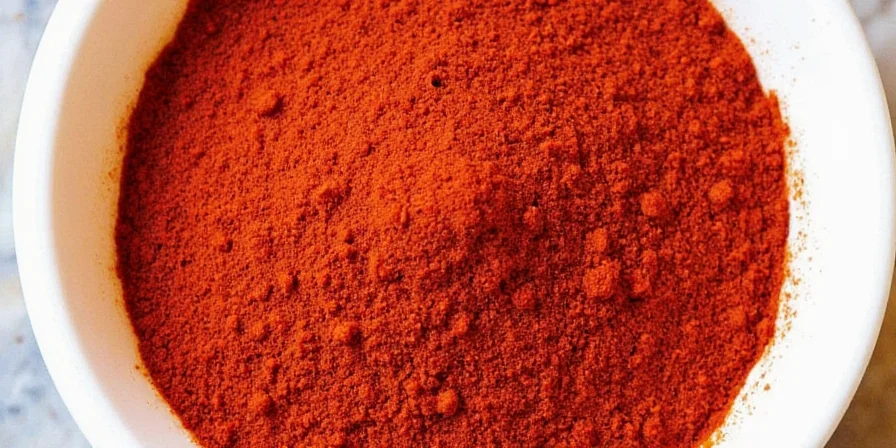
What Exactly Is a Sichuan Peppercorn?
No, it's not a chili pepper. No, it's not black pepper. In fact, Sichuan peppercorn (or 花椒, huājiāo) is actually the dried fruit of a small tree native to China called Zanthoxylum simulans or Zanthoxylum bungeanum.
| Spice Type | Origin | Flavor Profile | Main Use |
|---|---|---|---|
| Sichuan Peppercorn | Sichuan Province, China | Citrusy, Woody, Tingling Numbness | Marinades, Dry Rubs, Hot Pots |
| Black Pepper | India | Pungent, Earthy | All-purpose seasoning |
| Chili Flakes | Mexico/Global | Spicy, Smoky | Heat enhancer |
The tingling sensation you get isn't from capsaicin like chilies — it's thanks to a compound called hydroxy-alpha-sanshool. Basically, it’s nature’s way of giving your mouth a massage while also turning up the heat.
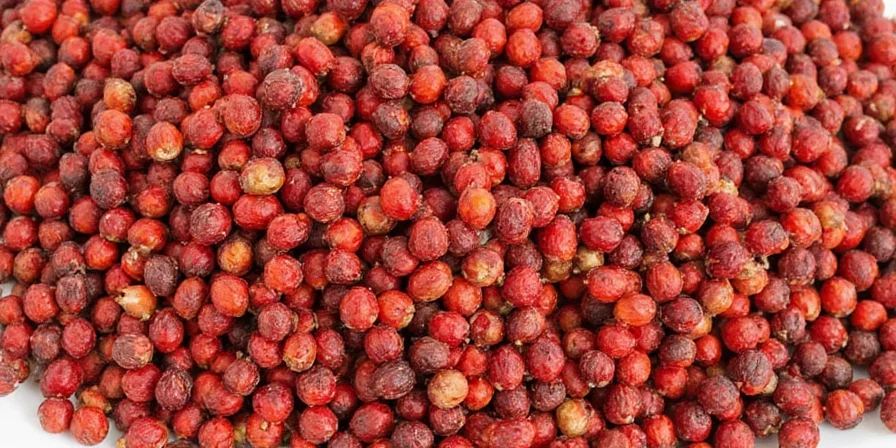
A Flavorful History
Long before Instagram food trends took over our lives, ancient Chinese cooks were already crushing it with flavor combinations. The use of Sichuan peppercorns dates back more than 2,000 years to the Han Dynasty, where it was considered a symbol of wealth and sophistication.
- Used in medicinal practices for digestive aid
- Popular in royal kitchens for its aromatic qualities
- Central to traditional Sichuan cuisine since the Tang Dynasty
Fast forward to today, and it’s still a cornerstone of Chinese cooking, especially in the famous dishes like mala tang (spicy hot pot), kung pao chicken, and mapo tofu.
Cooking with Sichuan Peppercorns: 7 Must-Try Tips
You might be tempted to grind them up and sprinkle like confetti, but there’s an art to using Sichuan peppercorns effectively. Here are seven pro tips to level up your kitchen game:
- Roast Before Grinding: Lightly toast whole peppercorns in a dry pan to unlock their aromatic oils before grinding.
- Ditch the Whole Pods When Eating: While they’re great for infusing flavor, whole pods can be quite bitter if bitten into directly.
- Pair with Chili Oil: The combo of numbing and spicy creates that signature 'mala' (numb + spicy) experience.
- Add at the Right Time: For maximum aroma, add crushed Sichuan peppercorn toward the end of cooking.
- Make Your Own Five-Spice Powder: Blend with star anise, fennel seeds, cloves, and cinnamon for a homemade Sichuan five-spice blend.
- Create a Dipping Sauce: Mix ground Sichuan peppercorn with soy sauce, rice vinegar, and sesame oil for an umami-rich condiment.
- Incorporate Into Marinades: Add depth to meat or tofu marinades by including finely ground Sichuan peppercorn.
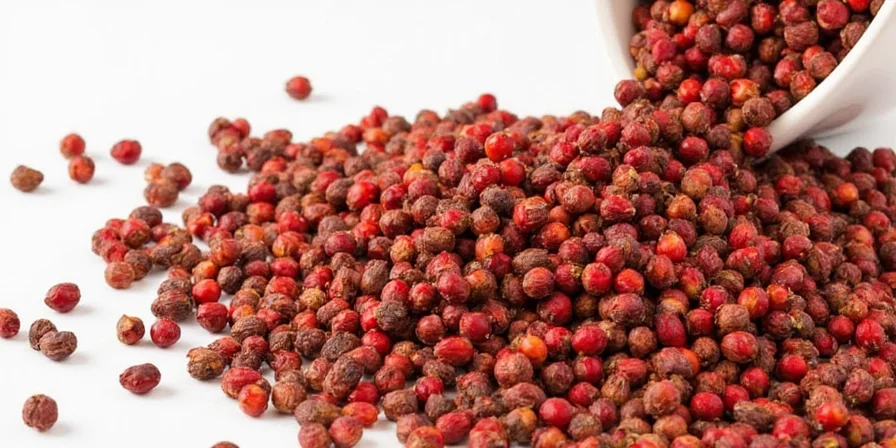
The Surprising Health Benefits of Sichuan Spice
Beyond the buzz in your mouth, Sichuan peppercorns come packed with some real health benefits. From traditional Chinese medicine to modern research, here’s what we know:
- Natural Antioxidants: Loaded with flavonoids and phenolic compounds that fight oxidative stress.
- Pain Relief?!: Sanshool has been shown to have analgesic properties — yes, your tongue isn’t just imagining things!
- Improved Digestion: Stimulates saliva and gastric juices, aiding digestion.
- Antibacterial Properties: Studies suggest it may help inhibit certain foodborne pathogens.
So next time someone tells you you're eating too spicy, just say you're doing it for science (and pleasure).
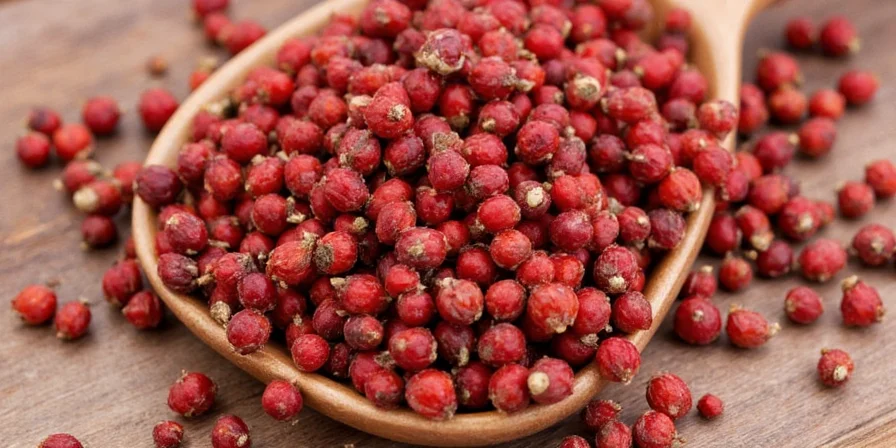
Busting Myths: Is It Really a Pepper?
Short answer: Nope! Long answer: It’s a citrus family member, related to lemons and oranges. Yes, really. So when you bite into a Sichuan peppercorn, you’re technically snacking on a distant cousin of your morning lemon water.
- Myth #1: “It’s a type of chili” – FALSE
- Myth #2: “It makes you sweat like other spices” – TRUE, but not because of heat alone
- Myth #3: “It’s just for soups” – FALSE, works wonders in meats and even desserts!
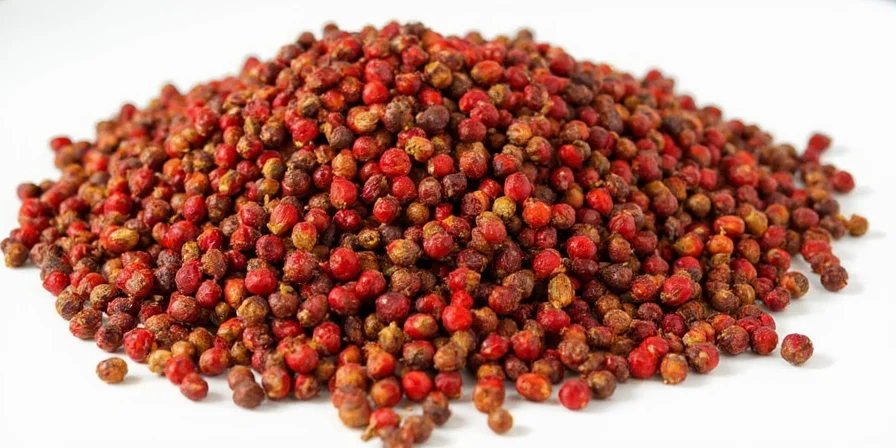
Perfect Pairings: What Spices Go Best with Sichuan?
Want to create the ultimate flavor explosion? Here’s a quick cheat sheet on which spices and ingredients go best with Sichuan peppercorns:
| Spice/Ingredient | Why It Works |
|---|---|
| Garlic | Amplifies warmth and adds earthy depth |
| Ginger | Brings brightness and balances richness |
| Star Anise | Complements the licorice-like undertones |
| Fennel Seeds | Enhances sweet-spice contrast |
| Chili Flakes | For that classic mala combination |
Pro tip: Try adding a pinch of brown sugar to balance out the intense savory and spicy notes. Trust us, your taste buds will thank you.
Conclusion
Sichuan peppercorns aren’t just another item on your spice rack — they’re a gateway to bold, electrifying flavors that challenge everything you thought you knew about spice. Whether you're a seasoned chef or a weekend warrior in the kitchen, mastering the art of Sichuan spice opens doors to new dimensions of taste.
So grab a pod (or two), roast, crush, and let the tingling begin. Who knows — your next dish could be the talk of the town (and the tingliest one at the dinner table).
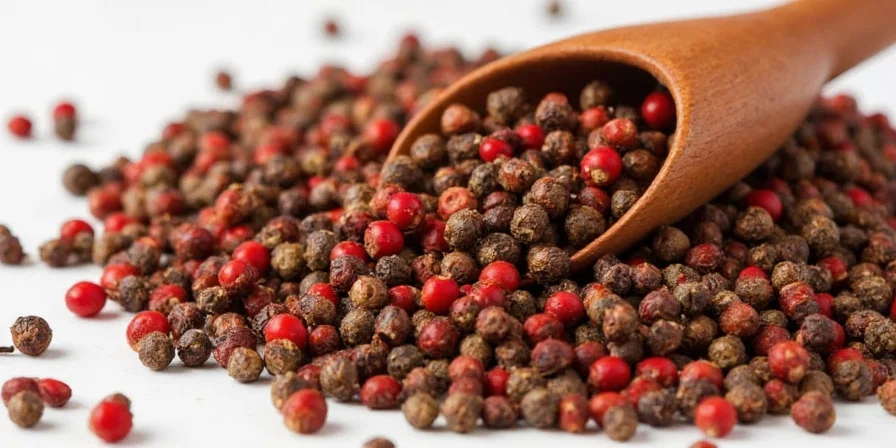

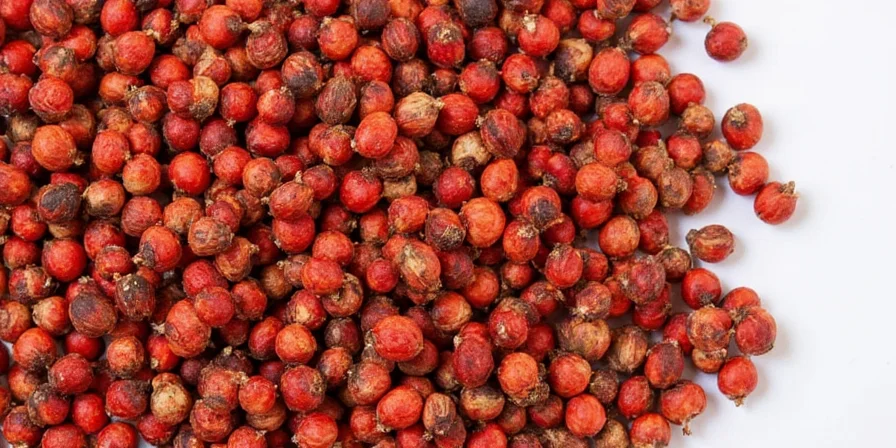









 浙公网安备
33010002000092号
浙公网安备
33010002000092号 浙B2-20120091-4
浙B2-20120091-4